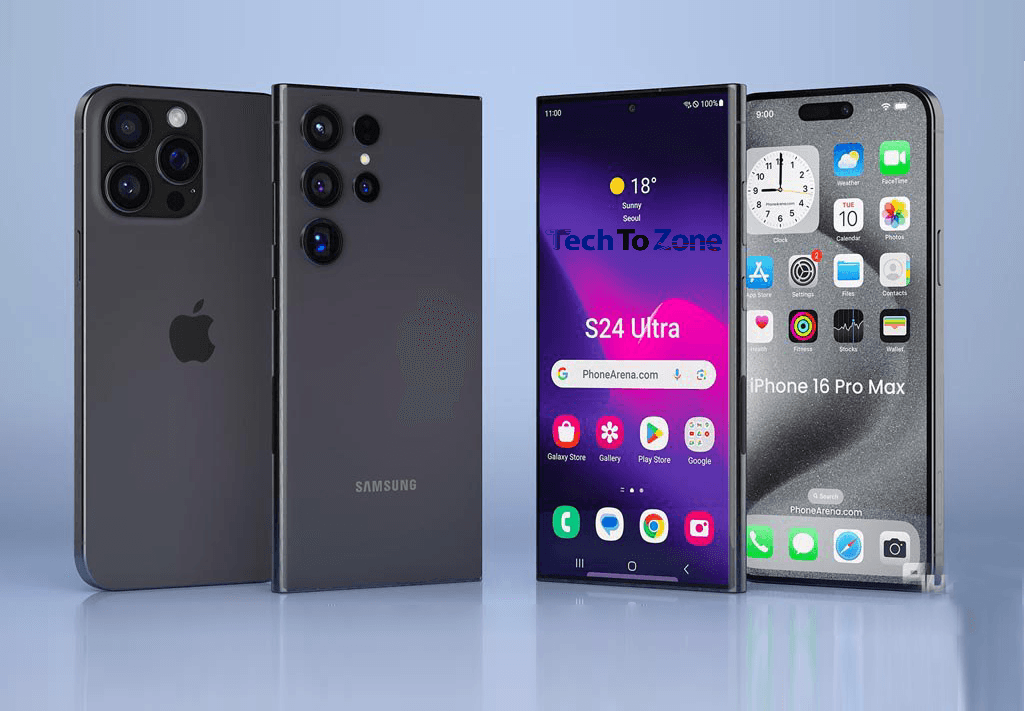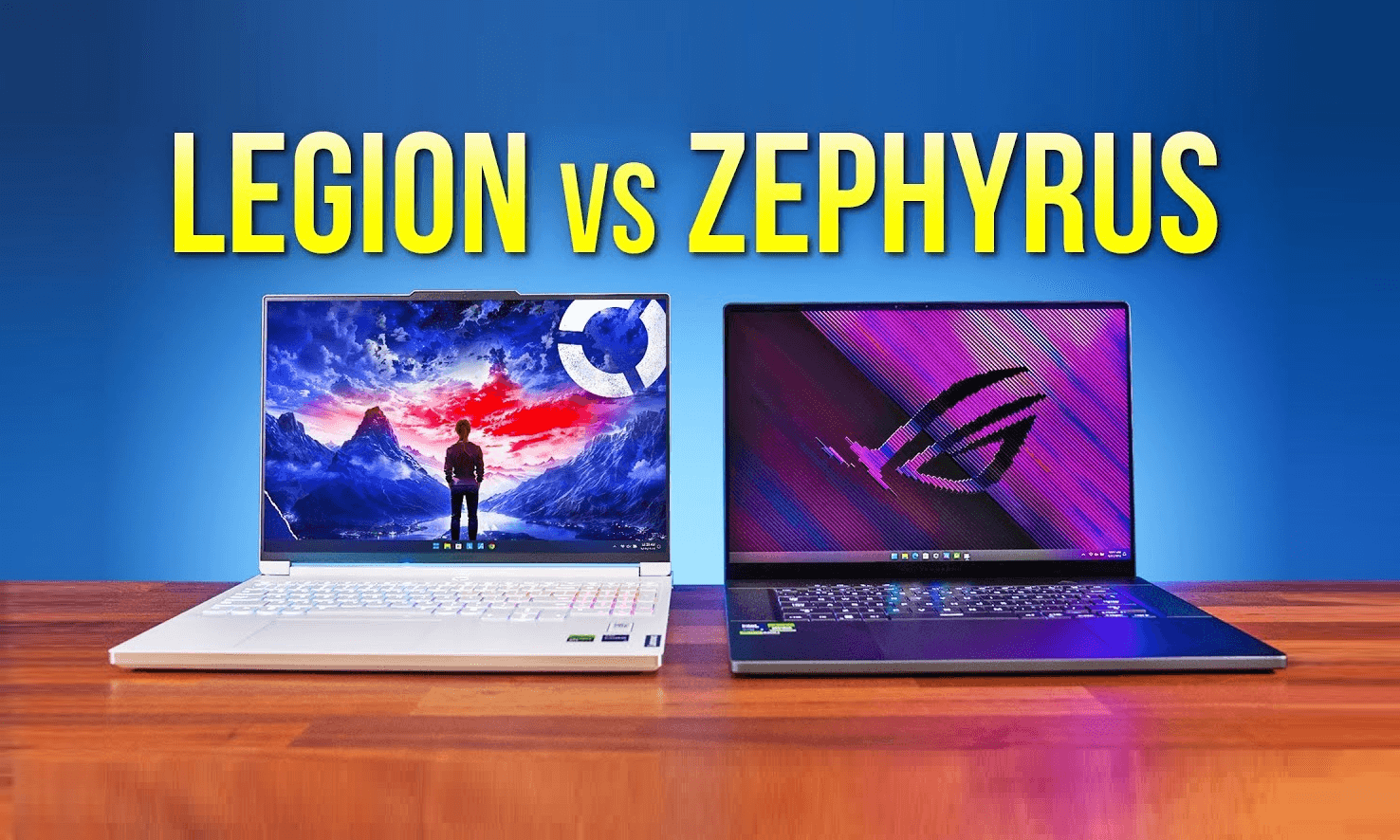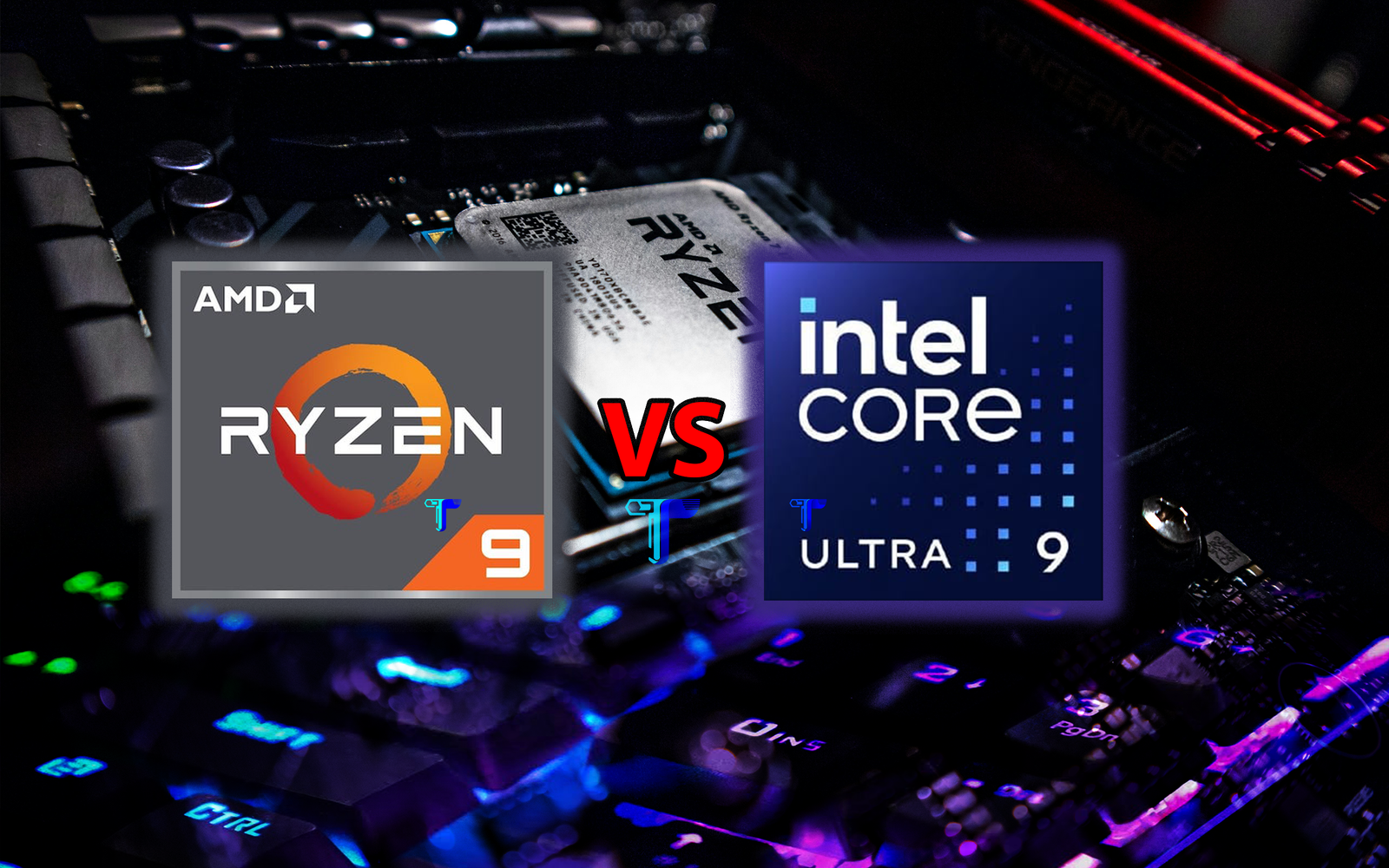This article provides a detailed comparison between two advanced laptop processors: Intel’s Lunar Lake (x86) and Qualcomm’s Snapdragon X Elite (ARM). We’ll analyze various aspects like benchmark performance, real-world application capability, battery life, and gaming compatibility, giving insight into which chip may suit different user needs better.
Introduction to the Competitors
Both processors are housed within identical Dell XPS 13 laptops, priced equally at $1,400, ensuring a fair comparison without variations in hardware configuration. Each laptop is set to maximum brightness with a 1200p display at 120Hz and is equipped with 16 GB of RAM and 512 GB of storage. This uniformity establishes a balanced ground for assessing each chip’s capabilities.
Performance Comparison: Geekbench and Speedometer
Starting with performance benchmarks, both laptops were tested in high-performance mode using Geekbench and Speedometer. These tests offer a preliminary look at how the two chips fare in synthetic benchmarking environments.
Geekbench Results: Lunar Lake showed a slight edge in single-core performance, surpassing Snapdragon X Elite by about 4%. However, Snapdragon X Elite demonstrated a stronger multi-core performance with a 30% advantage, thanks to its higher core count.
Speedometer Test: This browser-based test, measuring single-core performance, gave Snapdragon X Elite a marginal lead with a score of 23.7 compared to Lunar Lake’s 22.1.
In summary, the Snapdragon X Elite shines in multi-core tasks, while Lunar Lake remains competitive in single-core workloads, which could be crucial for specific applications.
Real-World Application Test: Figma
To understand performance in real-world usage, both processors were tested on Figma, a widely-used web design tool.
- Loading and Exporting: Both laptops showed similar performance in zooming and loading complex design files. However, in exporting high-resolution PNG layers, Lunar Lake completed the task in 1 minute and 43 seconds, outperforming the Snapdragon by 15 seconds. This difference suggests that, despite close benchmark scores, Lunar Lake may have an edge in web-based design tasks due to better handling of workflows that require responsive single-core performance.
Cinebench Benchmark: Rendering Performance
For a more rigorous evaluation, Cinebench tests were conducted to assess rendering performance.
- Single-Core and Multi-Core Scores: The chips matched in single-core performance with a score of 115 points. However, Snapdragon X Elite led significantly in multi-core performance, achieving a 91% higher score than Lunar Lake due to its 12 performance cores, as opposed to Lunar Lake’s four performance and four efficiency cores. This gives Snapdragon a substantial edge in tasks requiring high parallel processing power.
Battery Life: Which Chip Lasts Longer?
Battery performance was compared after over two hours of intense testing. Snapdragon X Elite came out slightly ahead, with 46% battery remaining compared to Lunar Lake’s 43%. Although the difference is minimal, Snapdragon’s efficiency in multi-core operations allowed it to complete some tasks faster, conserving energy in the process.
This slight advantage suggests that Snapdragon X Elite may be a better choice for users who prioritize battery life, especially for tasks that heavily rely on multi-core processing.
Graphics Performance: Gaming and GPU Benchmarking
Graphics performance was evaluated using Geekbench and 3D Mark, focusing on tests for both Vulkan and OpenCL.
Geekbench GPU Benchmark: Lunar Lake scored approximately 22% higher in Vulkan, suggesting an advantage for graphics-heavy applications and tasks that demand strong GPU performance.
3D Mark Wildlife Extreme: Here, Snapdragon X Elite took the lead, surpassing Lunar Lake by 17.3%. This benchmark, optimized for ARM architecture, highlights Snapdragon’s potential in mobile-optimized graphics tasks.
Steel Nomad Light Test: For a more realistic gaming benchmark, Lunar Lake led with an average frame rate of 19.45 FPS, compared to Snapdragon’s 15.71 FPS, affirming its strength in modern gaming.
These benchmarks suggest that Lunar Lake could be a better fit for users who prioritize high-performance graphics tasks, such as gaming and PC-centric workloads.
Gaming Compatibility: A Key Distinction
Compatibility emerged as a critical factor during the gaming tests. Lunar Lake successfully ran “League of Legends,” a popular game for lightweight laptops, whereas Snapdragon X Elite encountered compatibility issues due to its ARM architecture. This can be a limitation for Snapdragon users, as some x86-based applications and games may require emulation, which can impact performance and user experience.
For users interested in gaming or requiring broader software compatibility, Lunar Lake’s x86 architecture may provide a more versatile experience.
Final Verdict: Which Chip Should You Choose?
Here’s a breakdown based on the results to help prospective buyers make an informed decision:
Multi-core Performance: Snapdragon X Elite is ideal for tasks involving rendering, content creation, or heavy multitasking, thanks to its 12 performance cores.
Battery Life: Although the difference is slight, Snapdragon X Elite edges out in battery efficiency, especially for users with high multi-core demands.
Graphics and Gaming: Lunar Lake performs better in gaming and graphics-intensive tasks, with the added benefit of x86 compatibility for a wide range of applications.
Real-World Application: For web design and creative work, Lunar Lake holds an edge in single-core tasks, making it a suitable choice for workflows involving design software and high-resolution exports.
Conclusion
The decision between Intel’s Lunar Lake and Qualcomm’s Snapdragon X Elite ultimately depends on individual requirements:
For users who need efficient multi-core performance and can work within ARM-compatible software, Snapdragon X Elite is a powerful choice, particularly suited for productivity and creative tasks.
For those requiring wider software compatibility, enhanced gaming performance, and reliable x86 support, Lunar Lake emerges as the preferred option.
In the end, both chips are robust performers, and the Dell XPS 13 laptops that house them are excellent devices. Whether your focus is on gaming, productivity, or battery life, each processor offers distinct advantages tailored to different user needs.
In Summary
| Feature | Intel Lunar Lake (x86) | Snapdragon X Elite (ARM) |
|---|---|---|
| Single-Core Performance | Strong | Strong |
| Multi-Core Performance | Moderate | Excellent |
| Battery Life | Good | Excellent |
| Graphics Performance | Superior for Modern Gaming | Strong for Mobile-Optimized |
| Software Compatibility | Excellent (x86) | Limited (ARM) |




